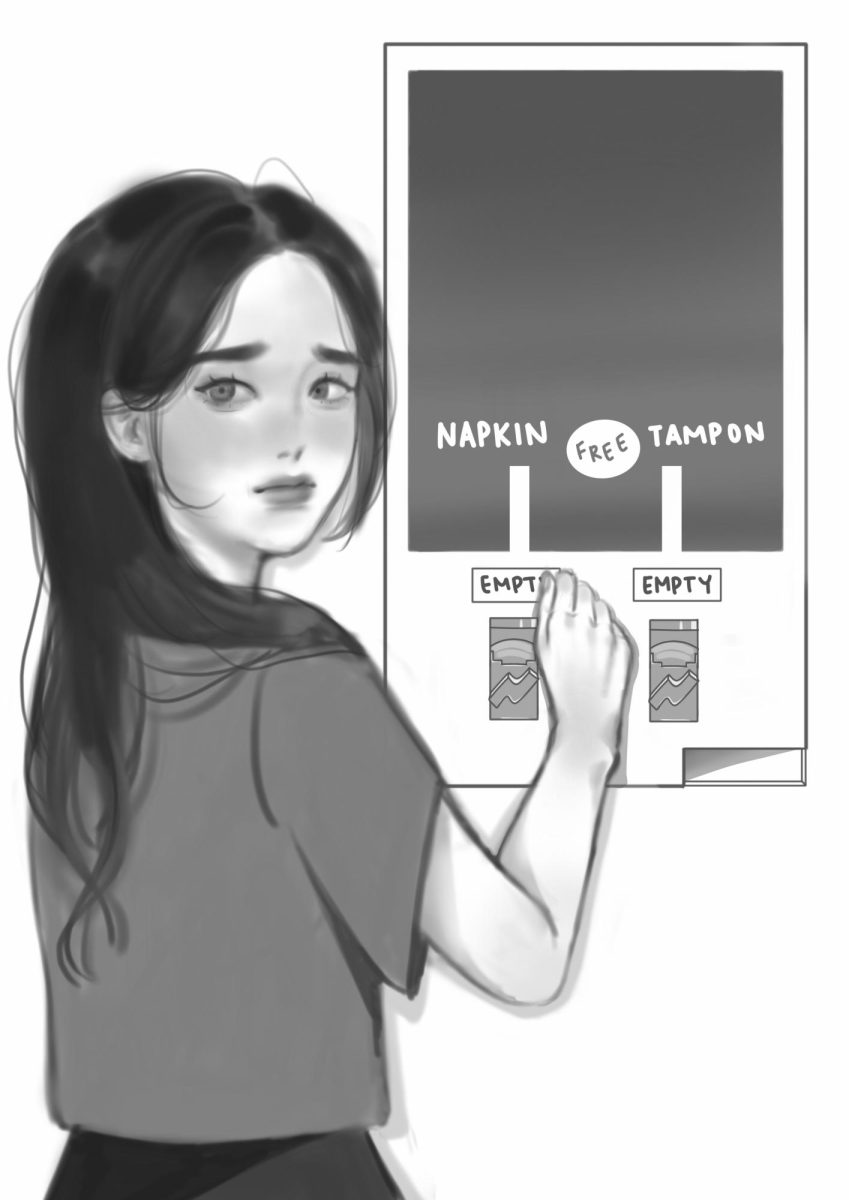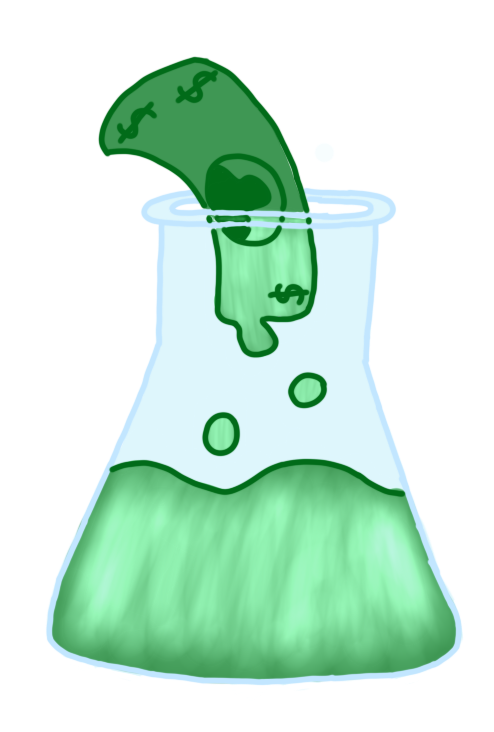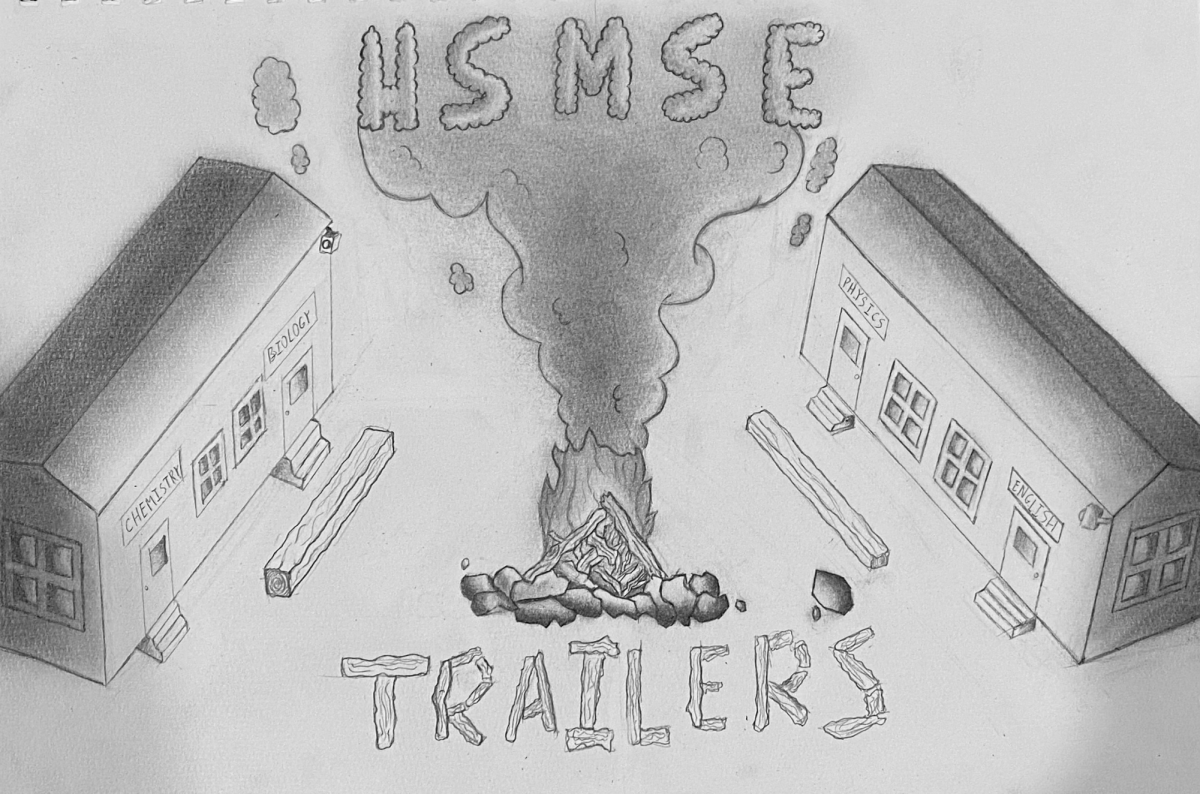HSMSE has existed for just over two decades, yet according to U.S. News, we’ve become the highest-ranked high school in New York and one of the top twenty-five in the country. Our school offers one of the best German programs on the East Coast, and the coziest windowless dungeon in the world. As we celebrate these remarkable milestones, it is essential to acknowledge our development from humble beginnings. To learn more about HSMSE’s rich, entertaining, and distinctive history, I interviewed founding teachers Ms. Boylan and Mr. Pedroso, who generously shared their experiences and knowledge.
In Spring 2002, NYC Schools Chancellor Harold O. Levy and CUNY Chancellor Matthew Goldstein established three new specialized public high schools on college campuses around the city: the Queens High School for the Sciences at York College, the High School of American Studies at Lehman College, and, of course, HSMSE at City College. New specialized high schools hadn’t been founded in sixty years, and they wanted to offer more students an exceptional education enriched by access to college campuses.
Unfortunately, CCNY didn’t have an available building by the start of the 2002–2003 school year. For the first four years of its history, HSMSE made do with several red trailers that spanned the campus from 133rd to 135th Street. Although they were equipped with air conditioning, internet access, and bathrooms, issues occasionally came up. Once, on a sweltering late spring day, the AC broke down and the principal had to install, as Mr. Pedroso describes, “industrial fans that were about five feet in diameter” in the trailer classrooms. As soon as the colossal machinery whirred on, papers and pencils went flying through the air as students held onto their desks for dear life. Needless to say, the fans were not the right solution. In colder weather, students had snowball fights as they traveled between the trailers and arrived at their classes covered in white flakes. The trailer era was humble and hilarious, but in 2006, after a couple years of renovation and construction, Baskerville Hall was ready. At last, HSMSE had gained access to a concrete home, and could also enjoy the gorgeous quad beside it.
HSMSE started out with about ten teachers, as well as a few other staff, four of whom still work here. In the early years, they fostered a special sense of camaraderie. Many of them had just completed their master’s degrees and were teaching for the first time; learning from and helping each other was crucial to their growth as educators and friends. According to Ms. Boylan, every day at lunch the teachers “shared a table in the NAC cafeteria, eating rice and beans.” Teachers and students alike loved the small, tight-knit community HSMSE had to offer.
The first few generations of students consisted of no more than one hundred people per grade. As a result, different grades intermingled and formed friendships with each other. Also, since a given class only had up to twenty-five people, teachers could spend one-on-one time with their students, allowing for more individualized instruction and closer relationships. As for student demographics, the community has always taken pride in its racial and socioeconomic diversity; in 2012, the New York Times named HSMSE the most diverse school in New York. Students back then were open-minded and willing to take risks in coming to an HSMSE, whose reputation wasn’t yet established. But as Ms. Boylan puts it, dedicated students recognized it as a “good place to be, despite all its quirks.”
HSMSE certainly had plenty of eccentricities at the beginning. The next time you find yourself in the endless cycle of glancing at the clock and thinking “that’s too many minutes!”, be grateful for the updated bell schedule. Originally, the school day lasted from 8 a.m. to 4 p.m., with whopping ninety-minute-long class periods and hour-long lunch periods. The class length may seem like an arduous challenge, but many people adapted and found it helpful, especially for project-based classes. Some students would become so engrossed in their work that they would lose track of time. In fact, returning alumni have said that the extended class length in high school prepared them to sit through long college lectures.
In addition, HSMSE began without any sports teams, and options for academics were limited. Extracurriculars were gradually created over the years, but even Mr. Henning’s famed Flying Dragons didn’t start racing until Fall 2009. Initially, only the Engineering track was offered, until the selective Mount Sinai biomedical research program was created in the second school year. The Math track didn’t come to fruition until a bit later, and a more general Science track has just been started, covering all the letters in MSE. The first tentative idea for this school’s name was HSMSEA, which included Architecture, but the architecture program never expanded beyond a couple courses for sophomores and certain seniors. German was adopted early on as the primary foreign language due to its prevalence in the engineering field, which has formed a noteworthy element of HSMSE’s identity. Today, summer trips to Germany are offered to eligible students, and some graduates have even moved there for college. Spanish, being so commonly spoken by New Yorkers, has always been offered as well to those who took it in middle school. HSMSE’s academics have made remarkable strides since the beginning, solidifying our distinctive identity.
As HSMSE’s magnificence becomes more well known, we must remain grateful to the people whose hard work and dedication to our community have brought us here. We still have so much potential to unlock, yet it’s important that we never lose sight of our original values of respect, diversity, and resilience. Our evolution so far has been exceptional; let’s own this new era with continued pride and ardent determination to be the best school we can be.
Sources:
Ms. Boylan
Mr. Pedroso
https://hsmse.org/about-us/history/
https://sites.google.com/hsmse.org/flying-dragons/who-we-are?authuser=0
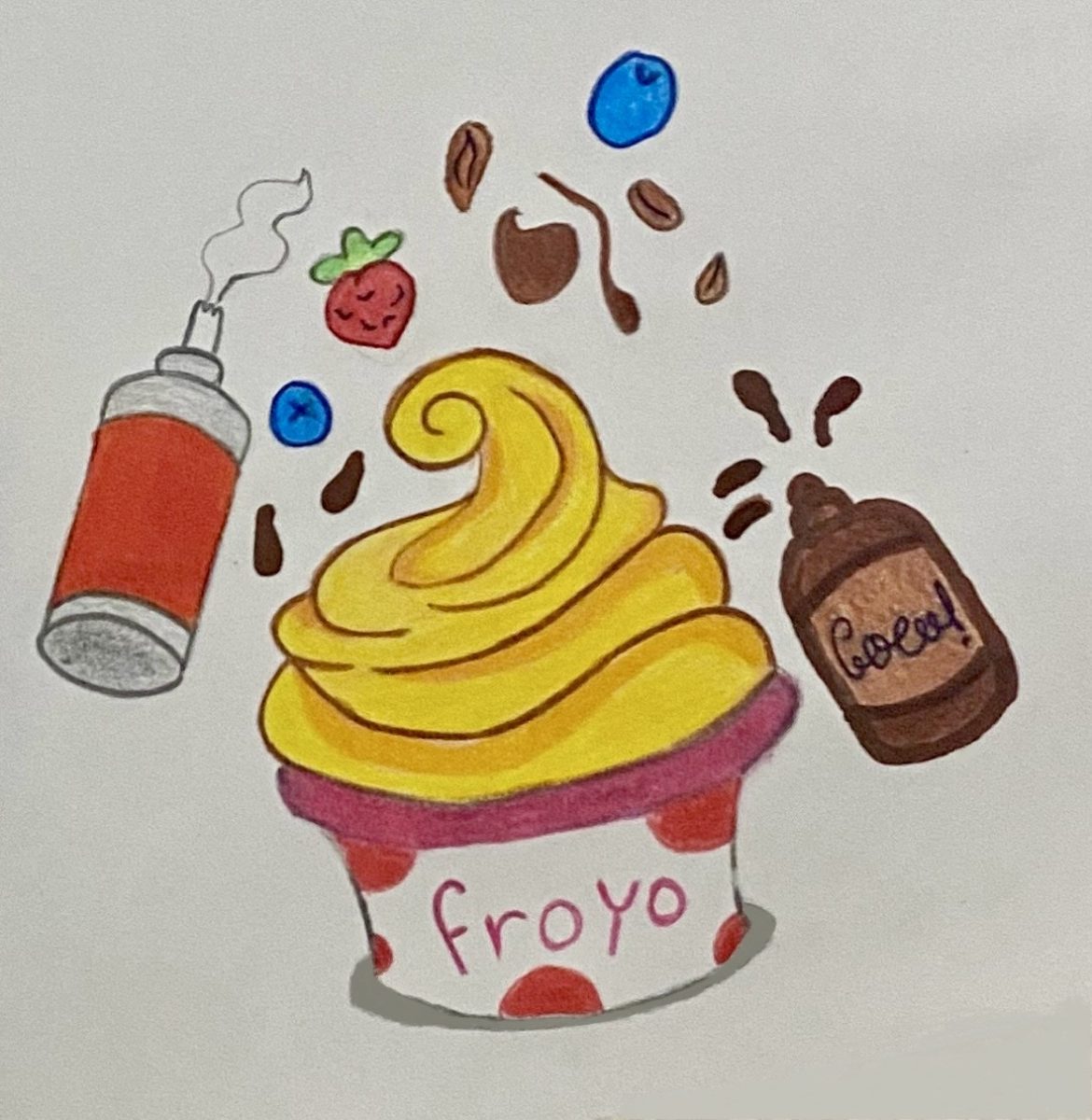


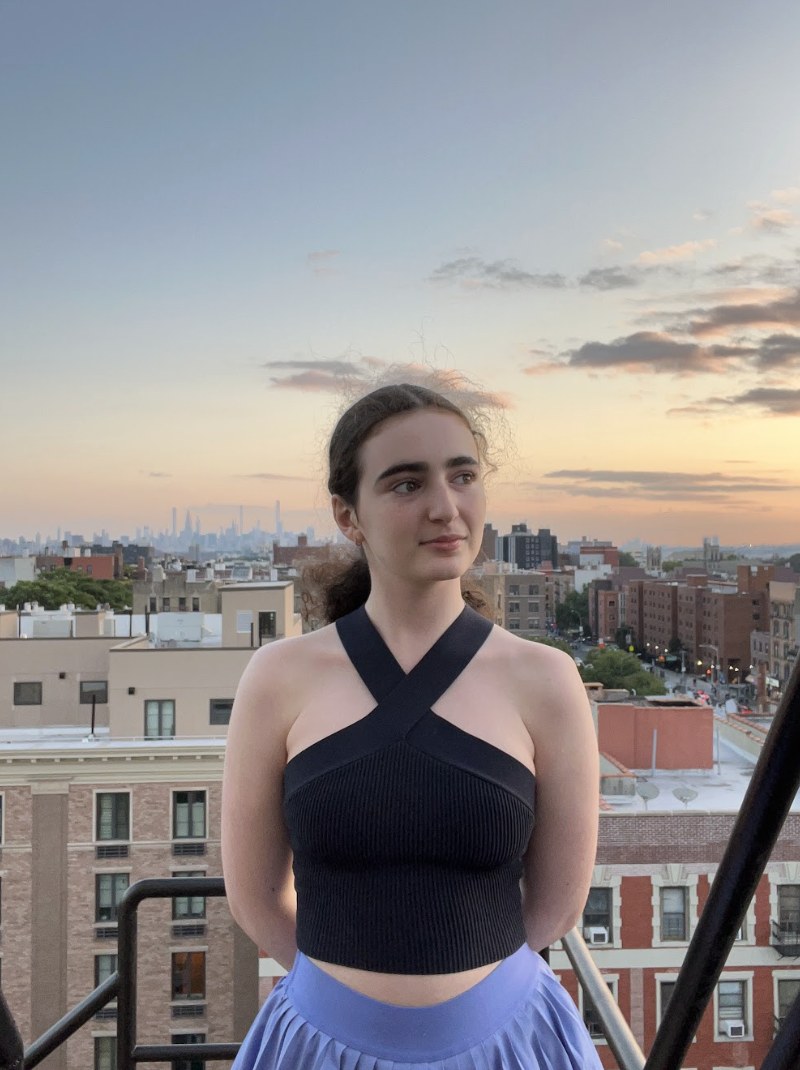

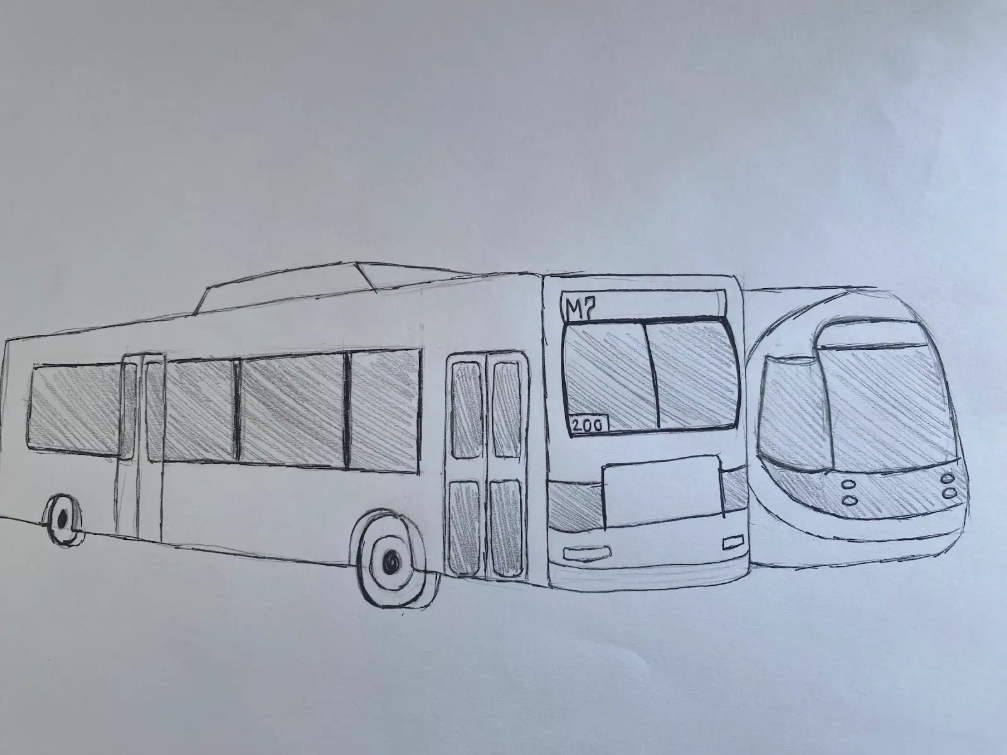
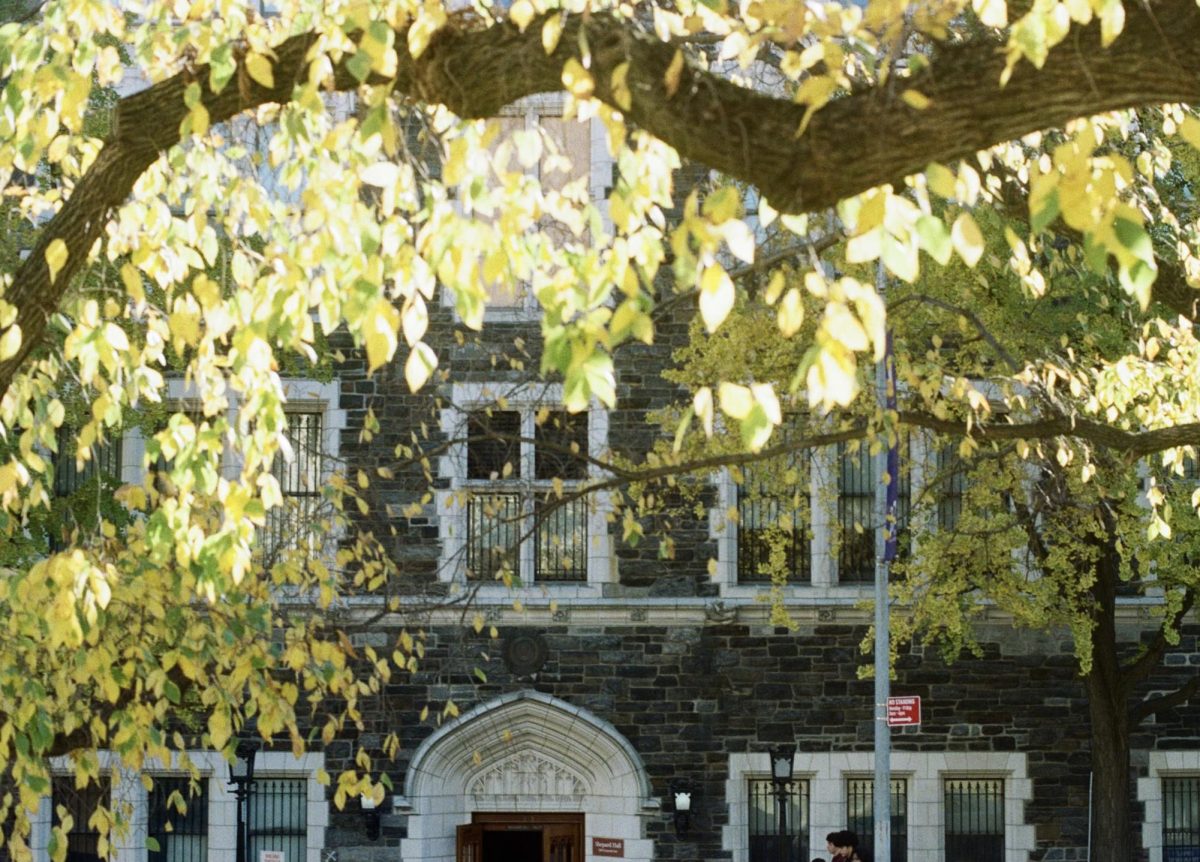
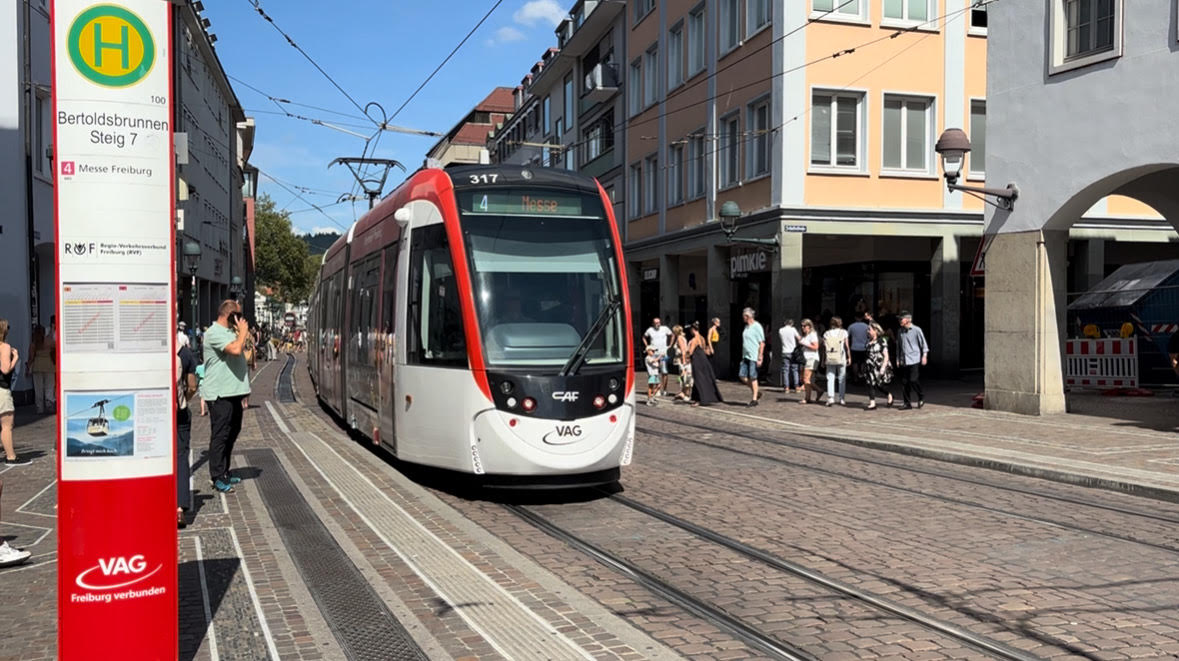
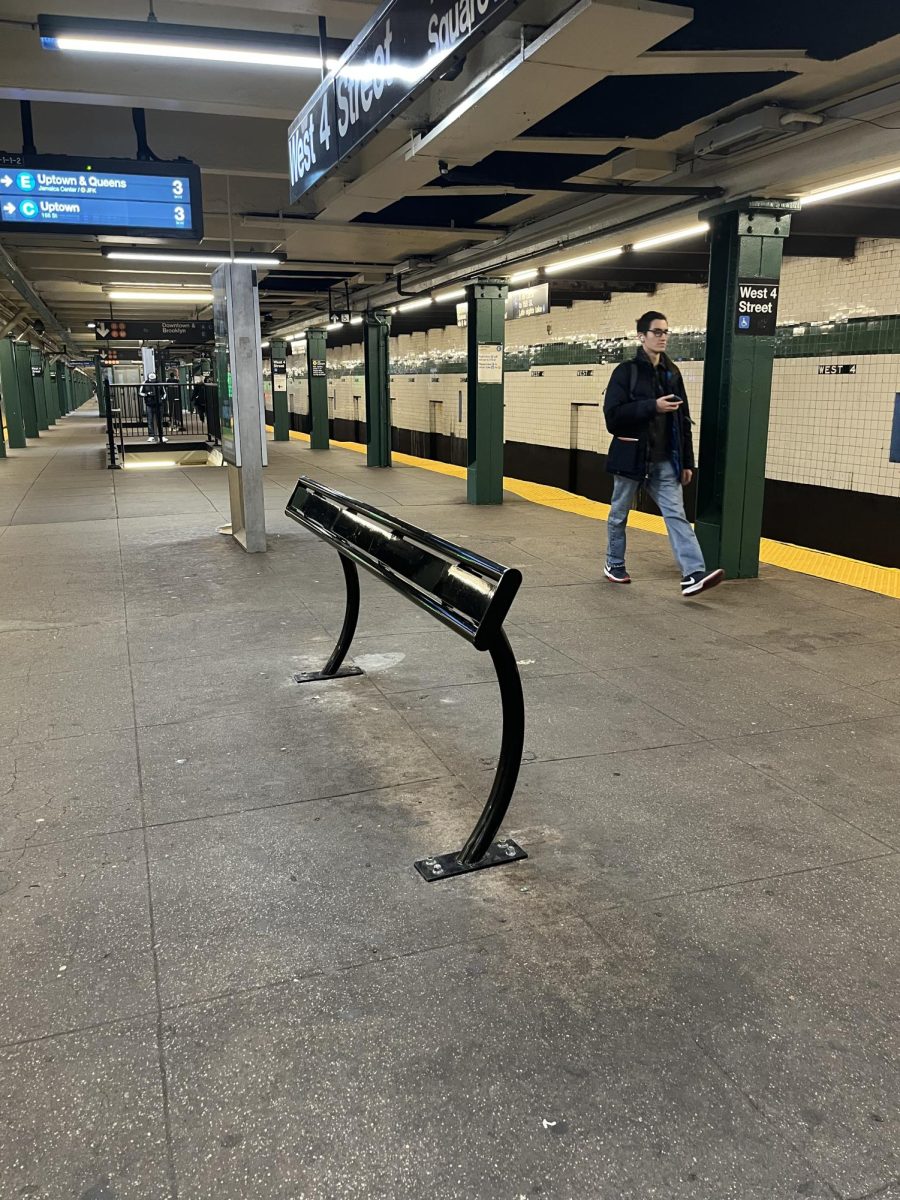
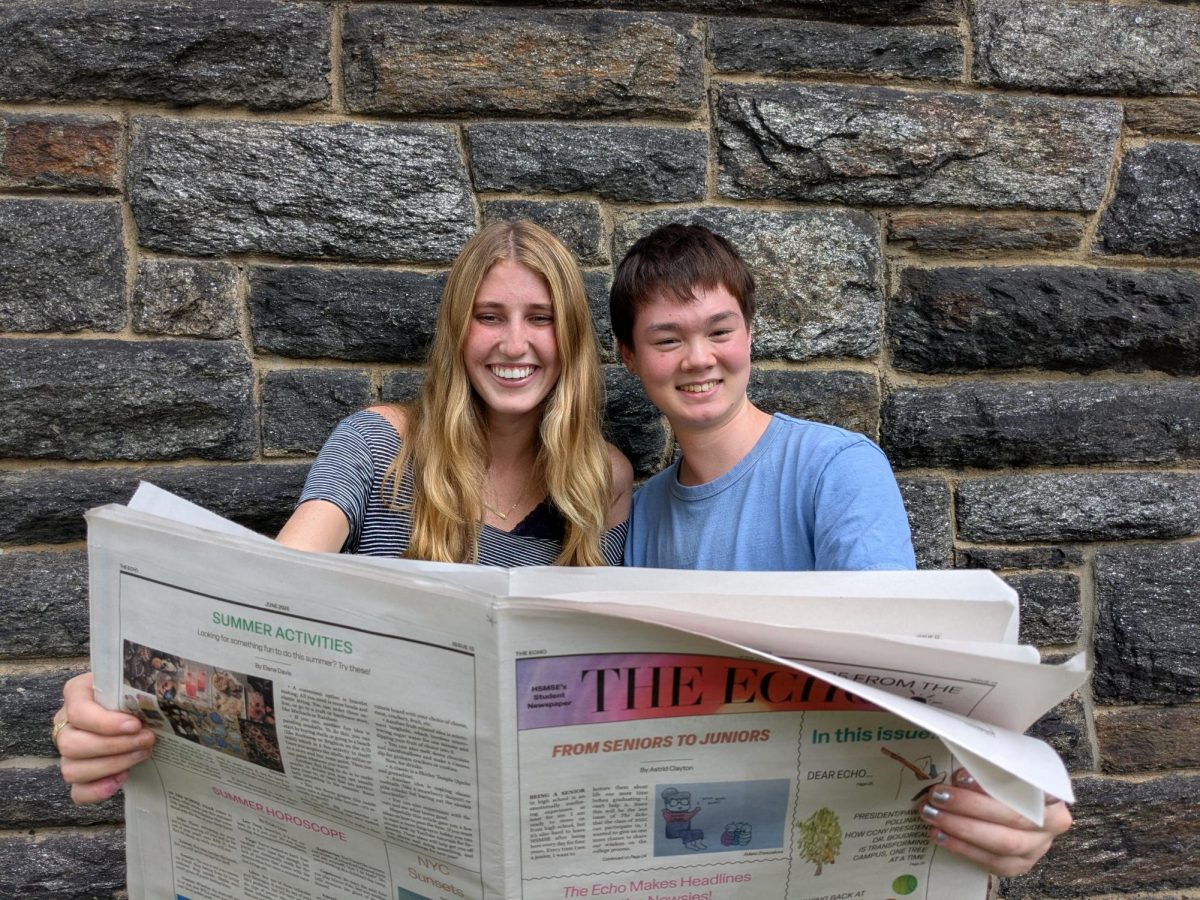
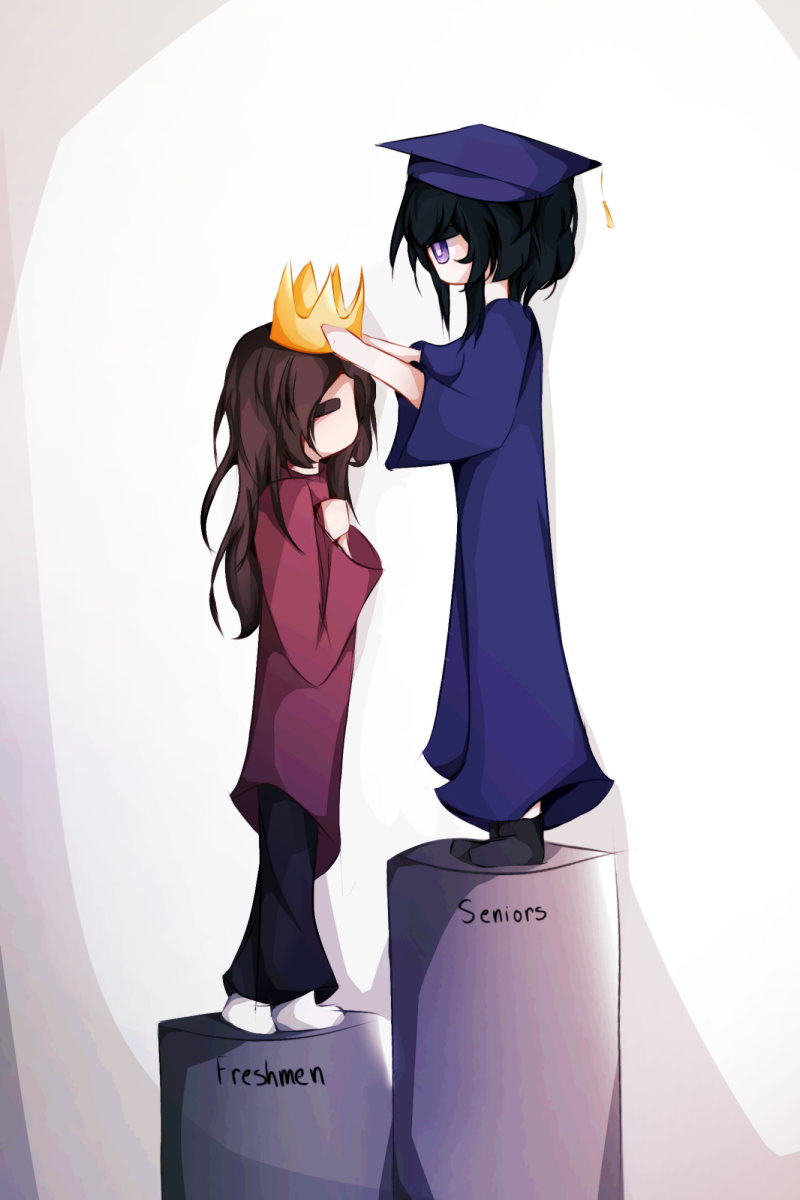
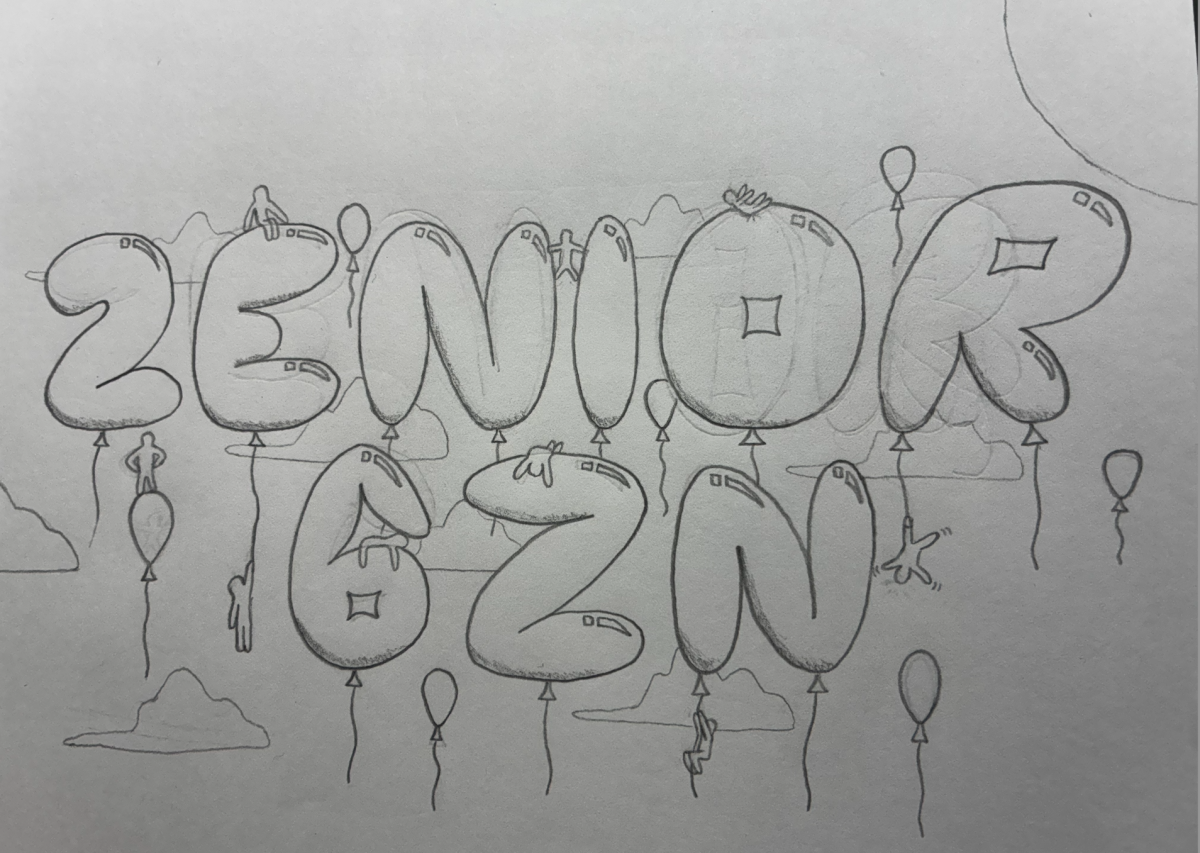
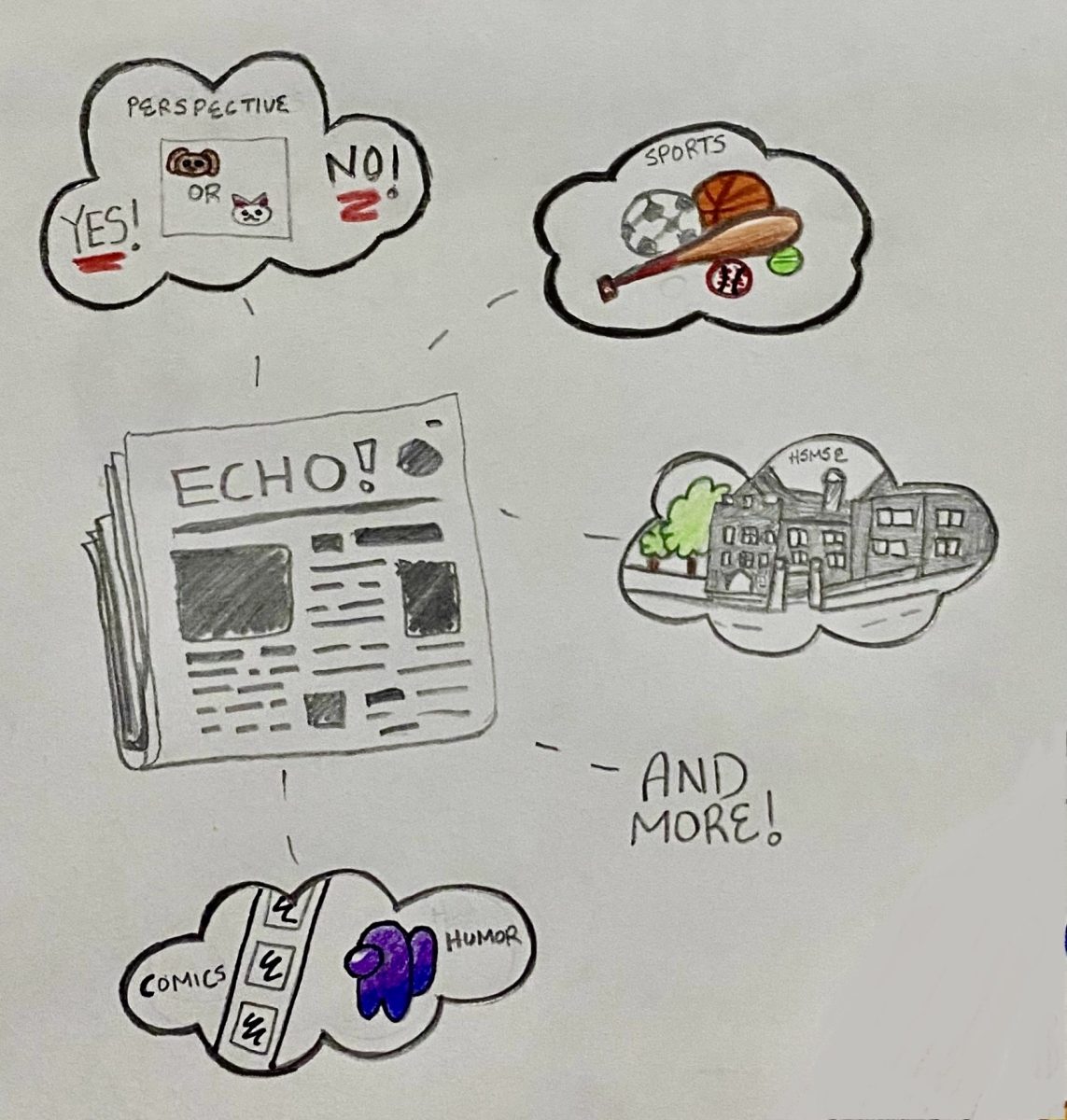
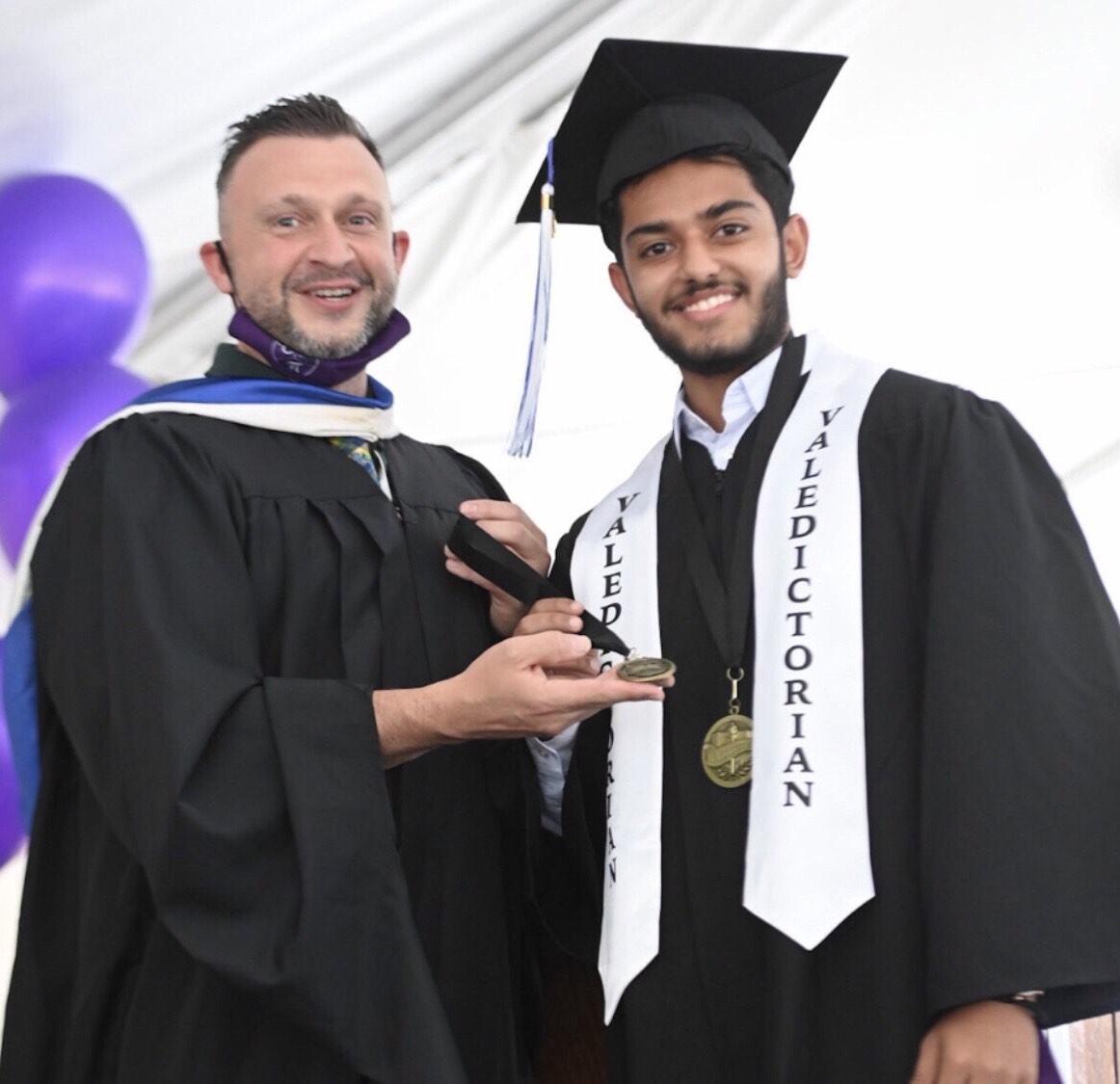
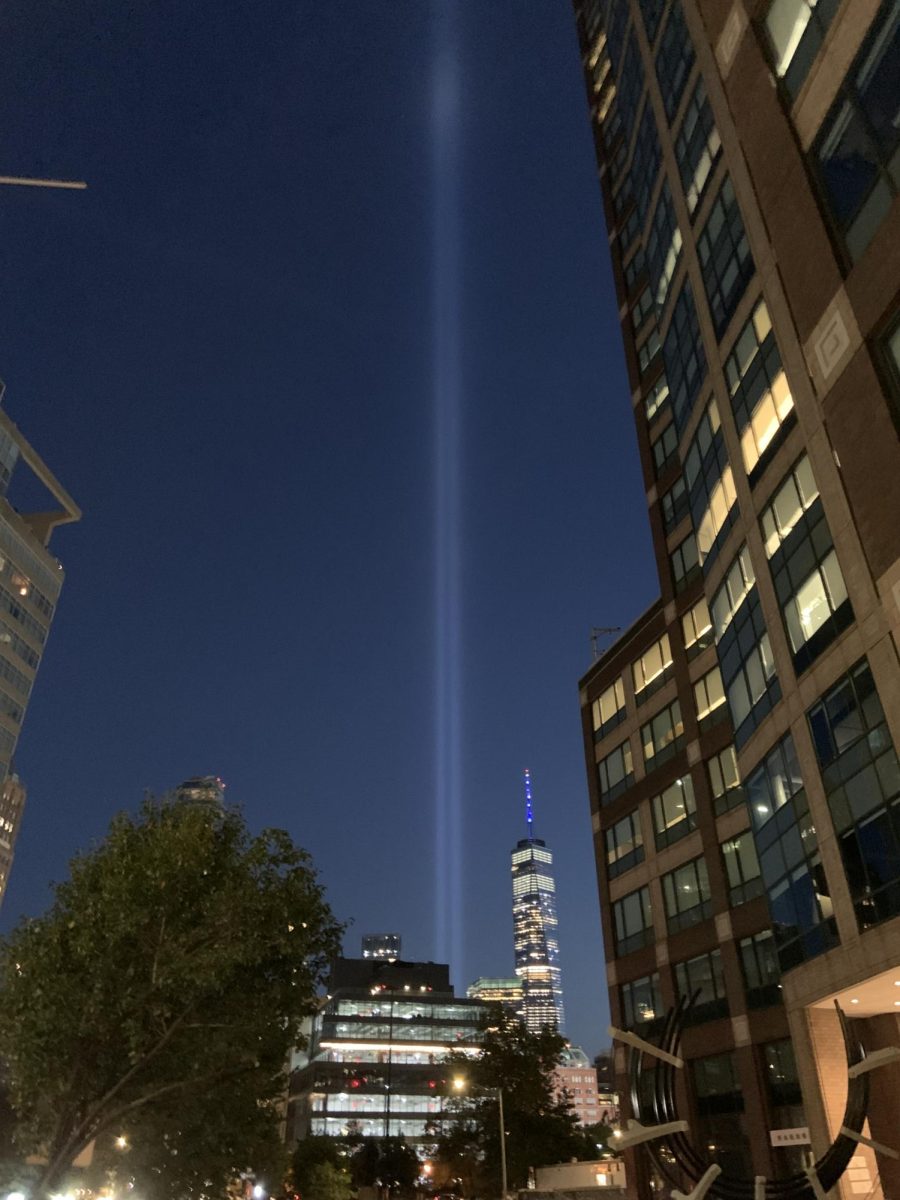
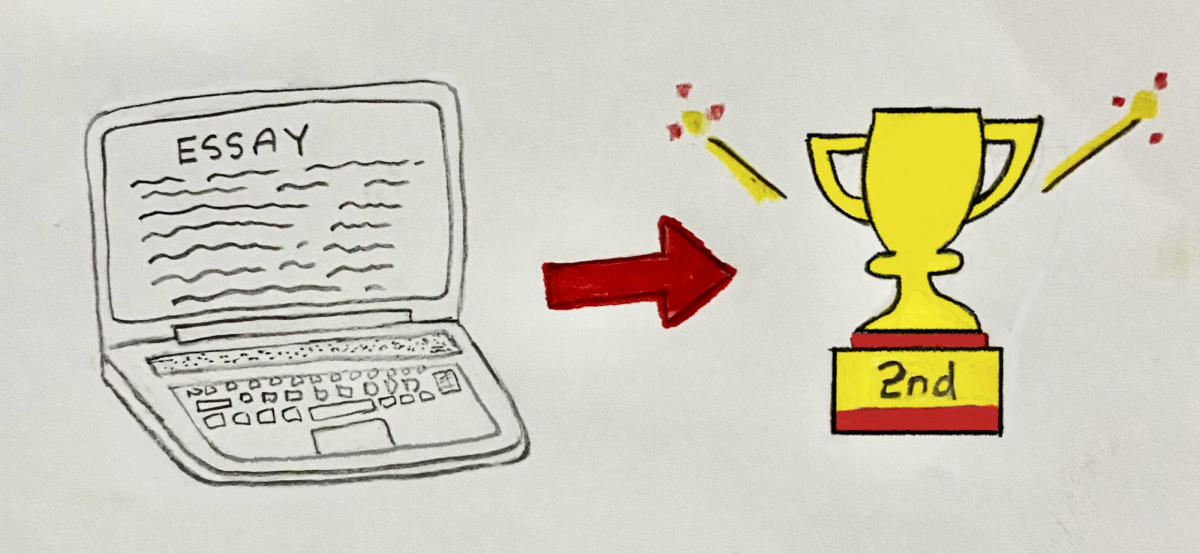
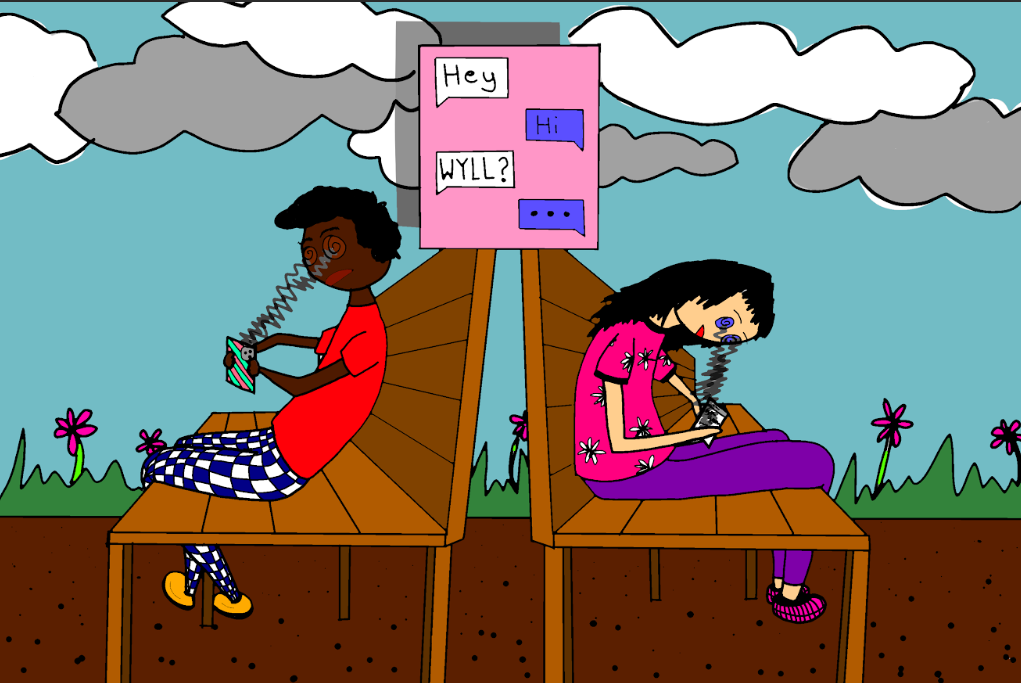

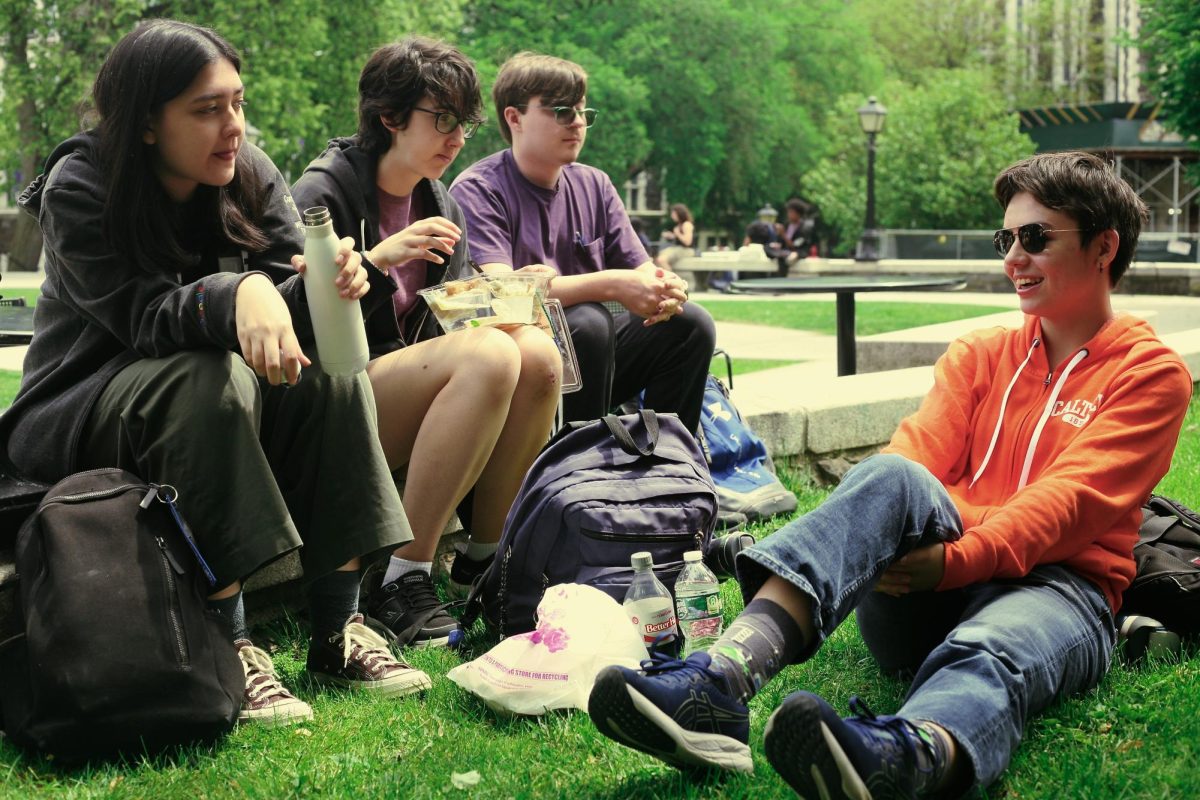

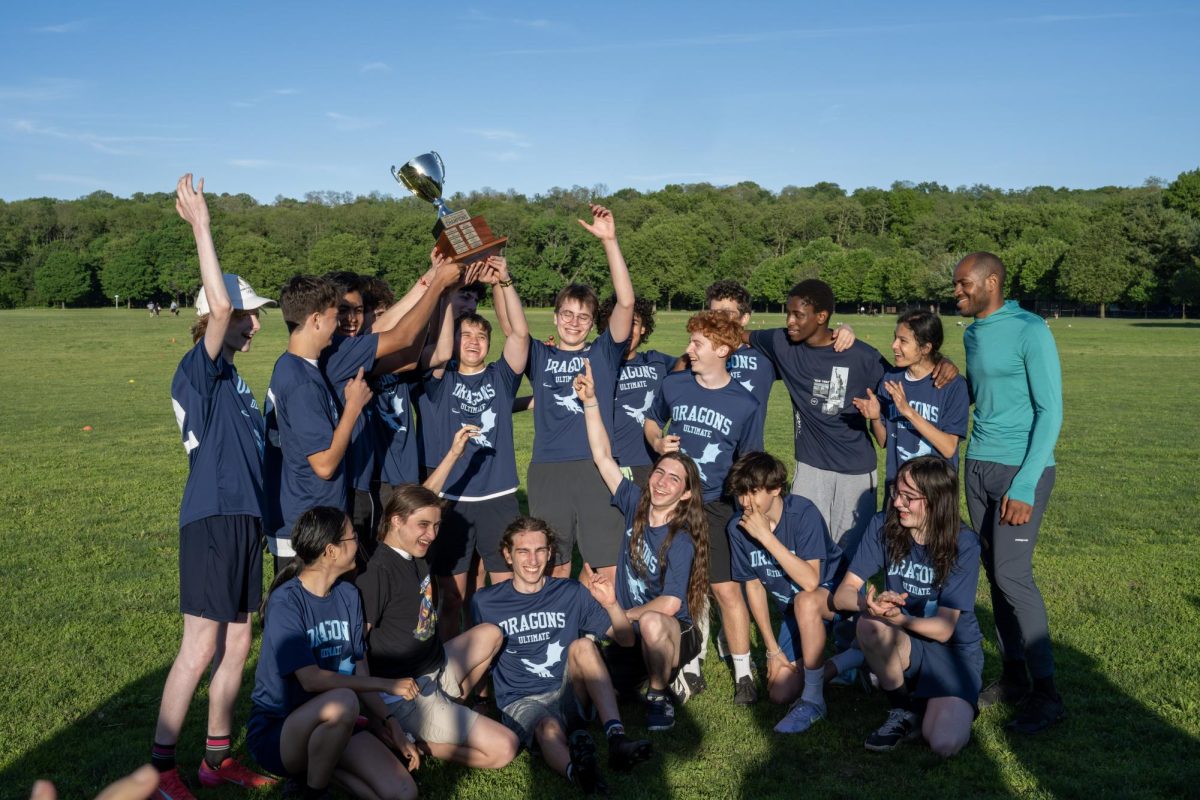

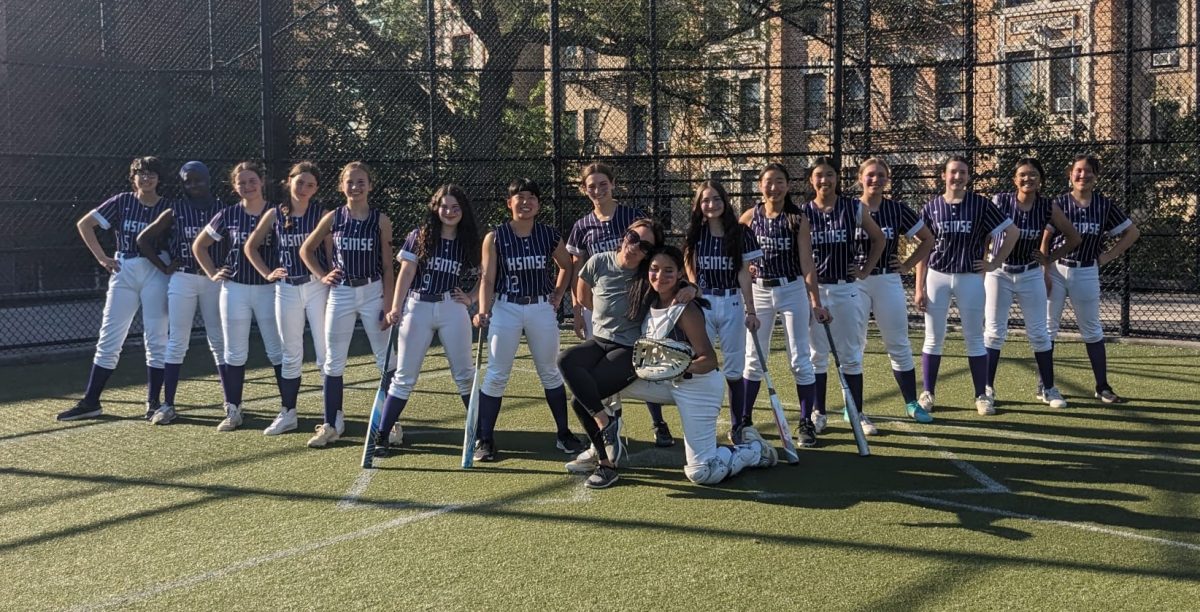
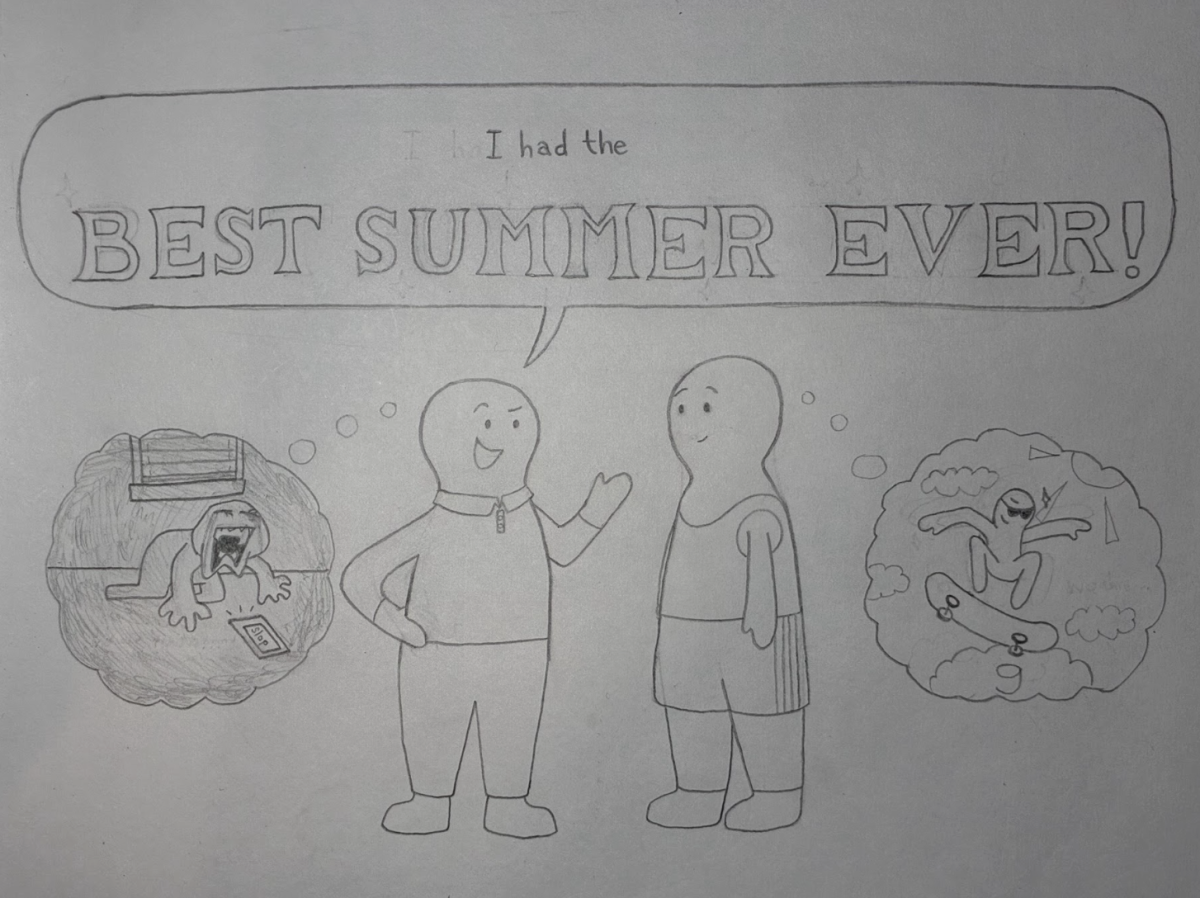
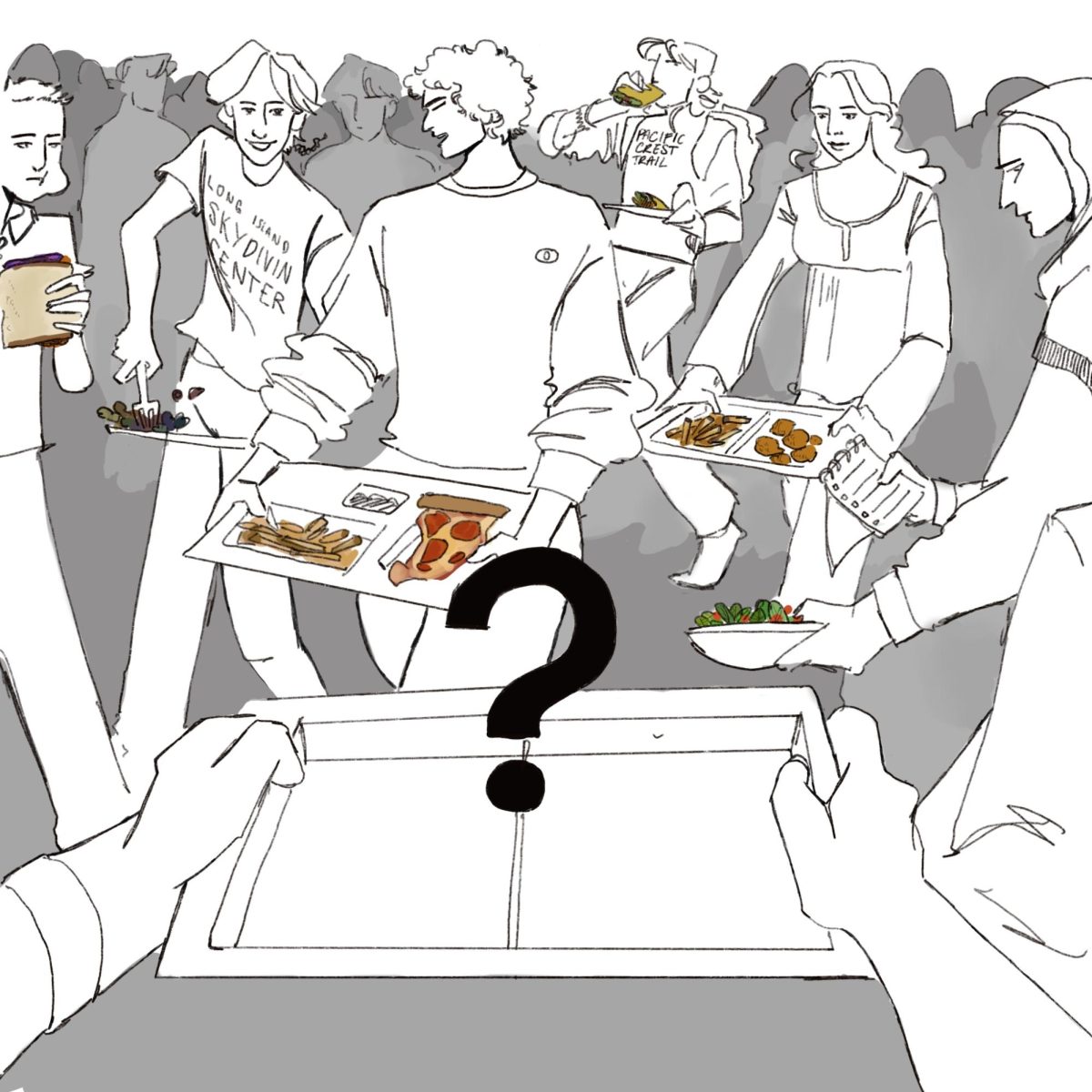
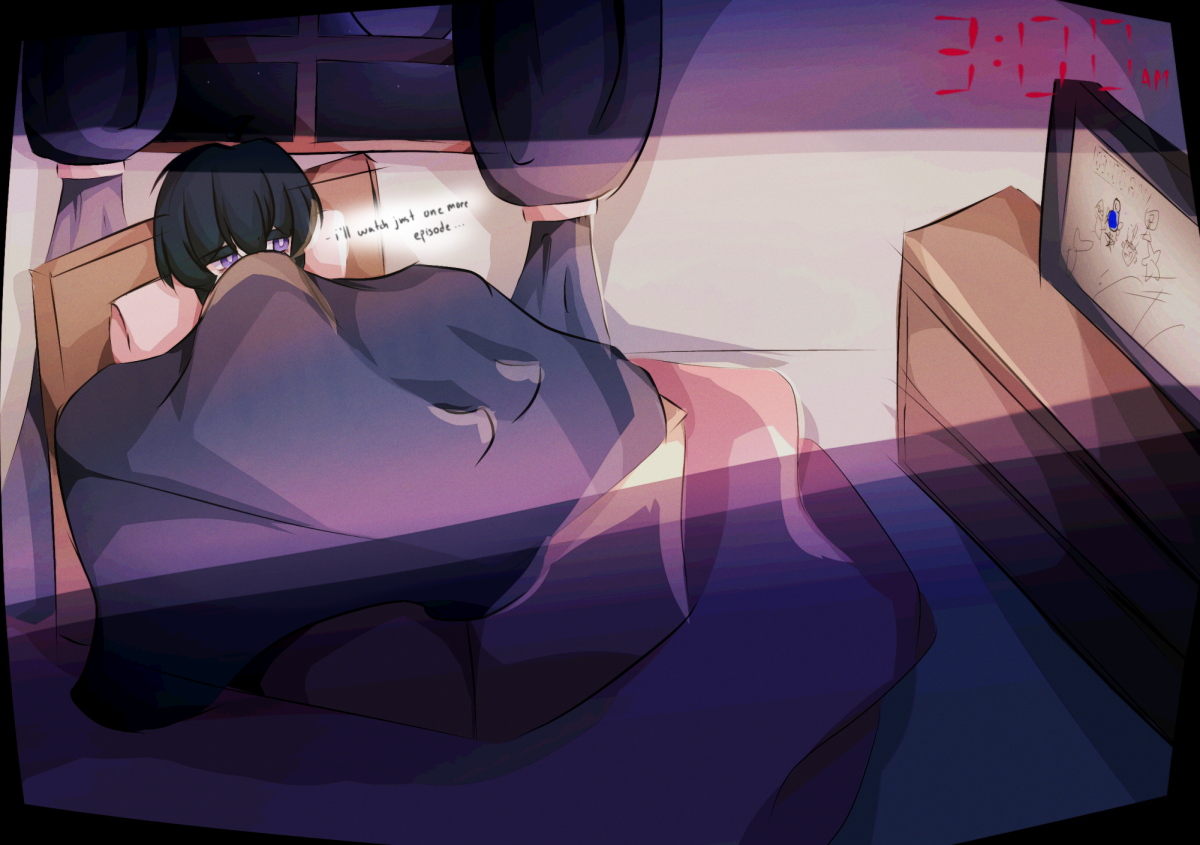
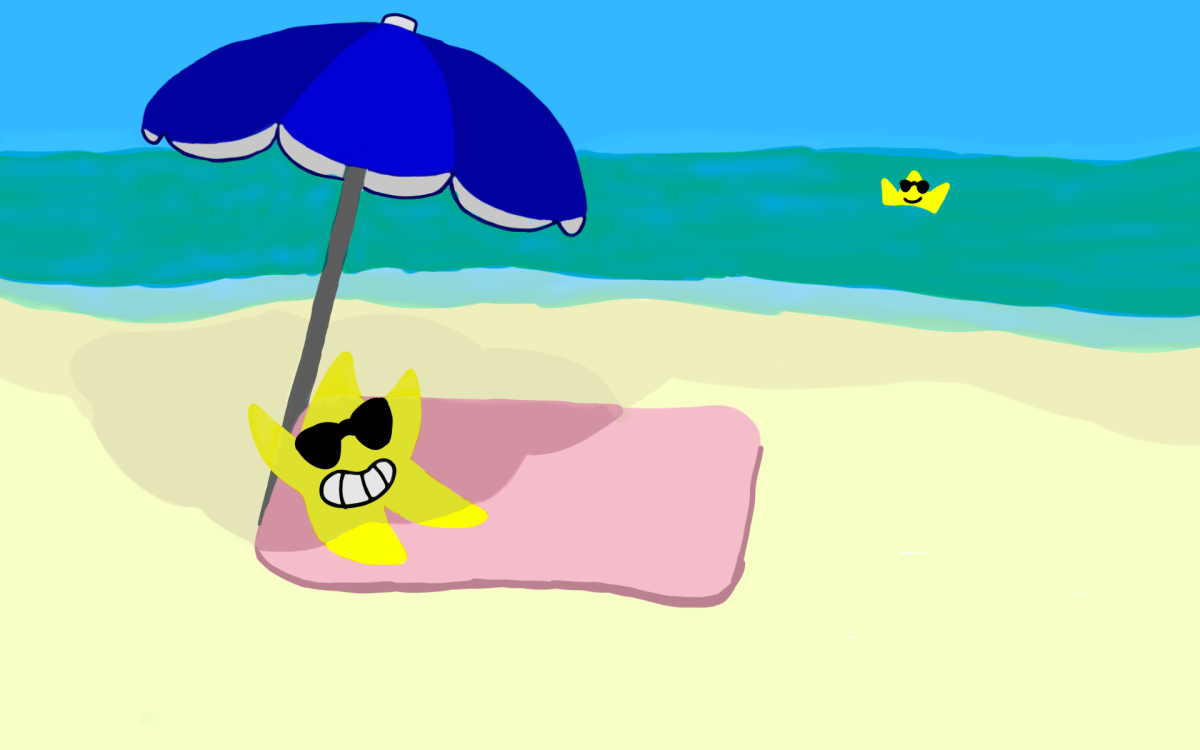
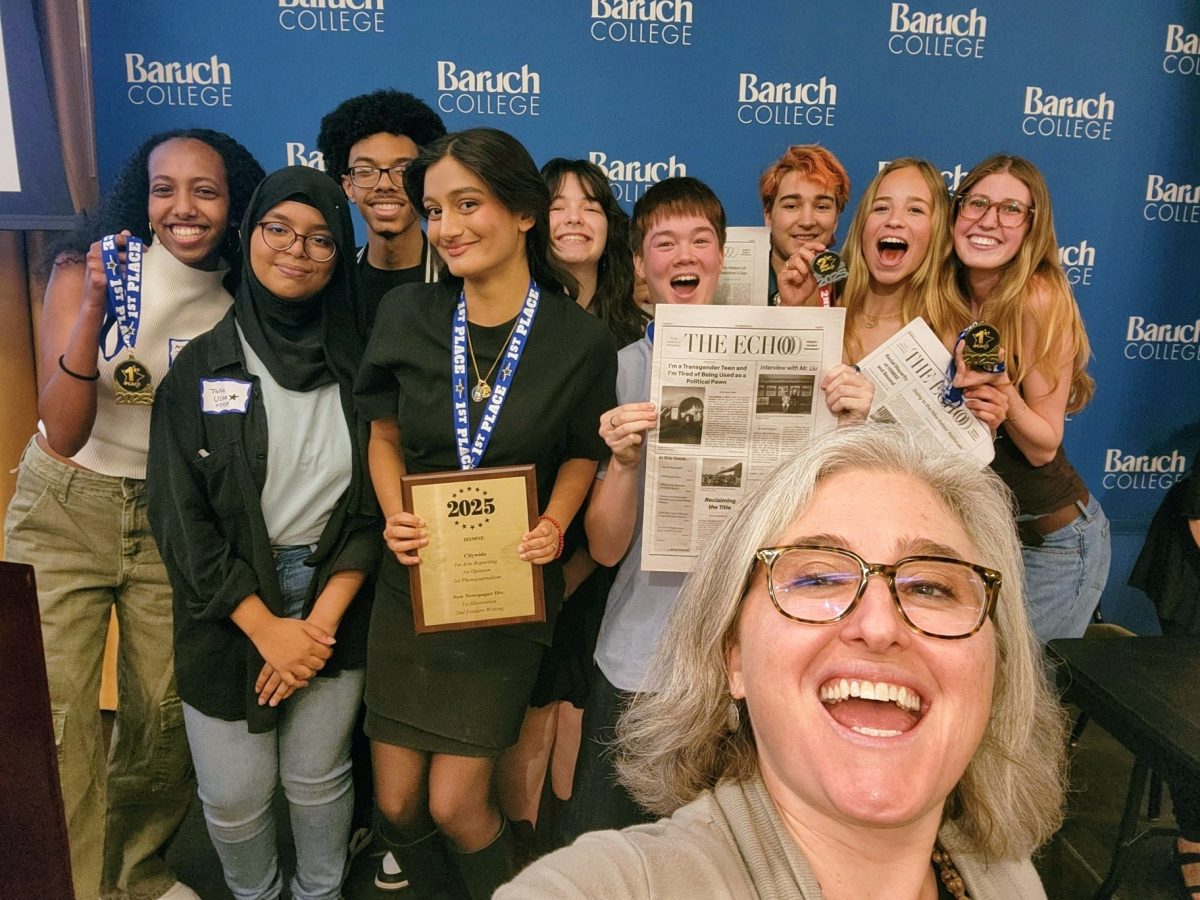

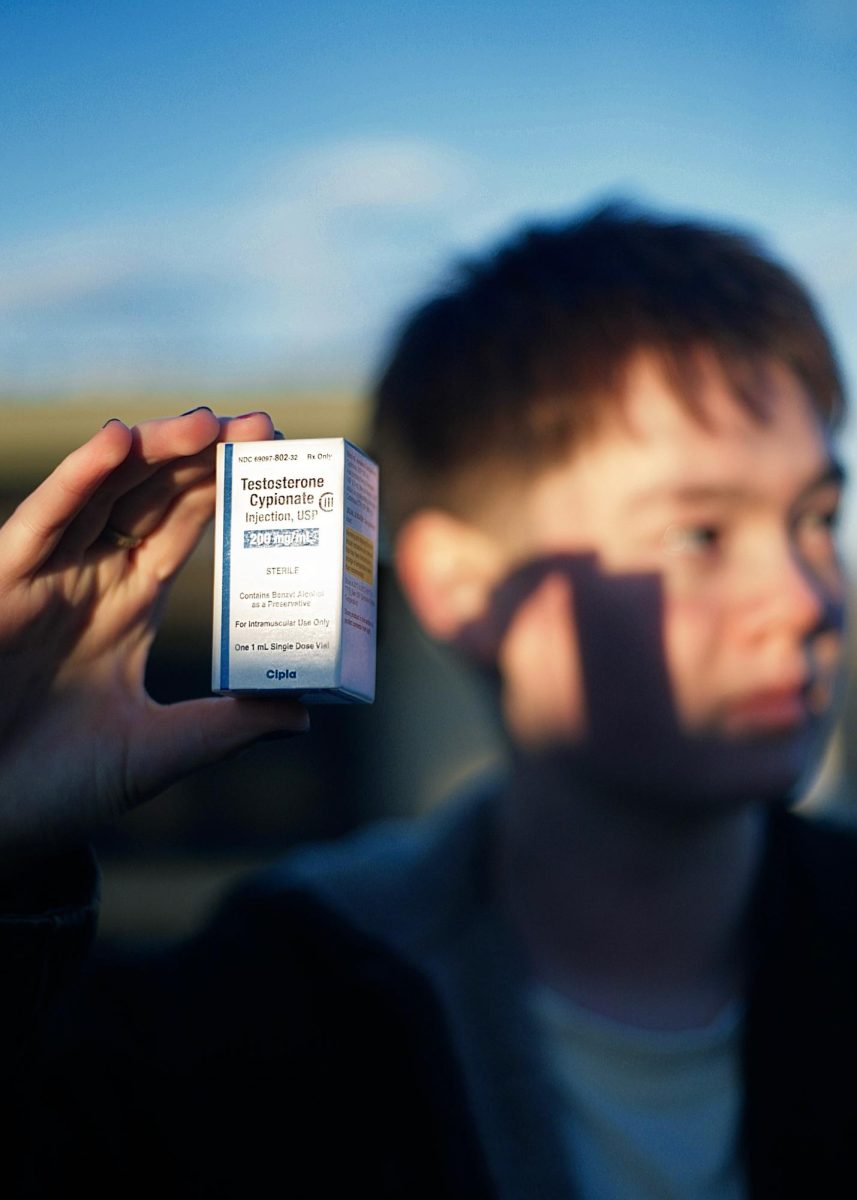
![[ERROR]: Lack of Women in the Software Industry](https://theechohsmse.com/wp-content/uploads/2024/12/APC_0280-984x1200.jpeg)
